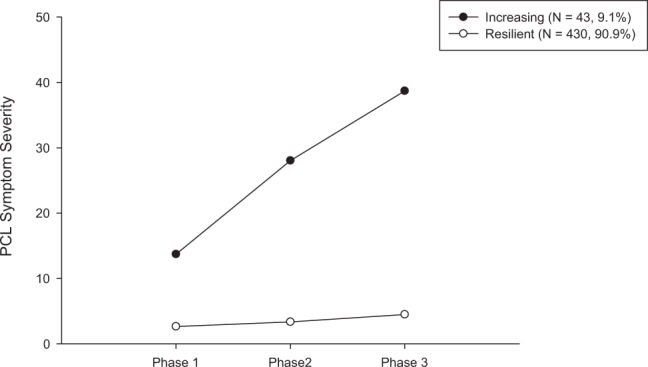Fig. 1. Unconditional model for the latent trajectories of the longitudinal PTSD symptom development based on PCL-5 scores through 90–180 days (Phase 1, 2, and 3).

The term “unconditional” means that there are no covariates included in this LGMM model but only the PCL-5 scores (outcome-of-interest) [25]. A two-class solution with fixed slope and linear weights was identified as the best-fitting model with an entropy of 0.98 (see Supplementary Tables 3, 4). We chose linear rather than quadratic solutions for trajectories because a minimum of four time points is recommended to fit quadratic solutions. Those two trajectories can be qualitatively described as “increasing” trajectory (N = 43, 9.1%) and as “resilient” trajectory (N = 430, 90.9%).
